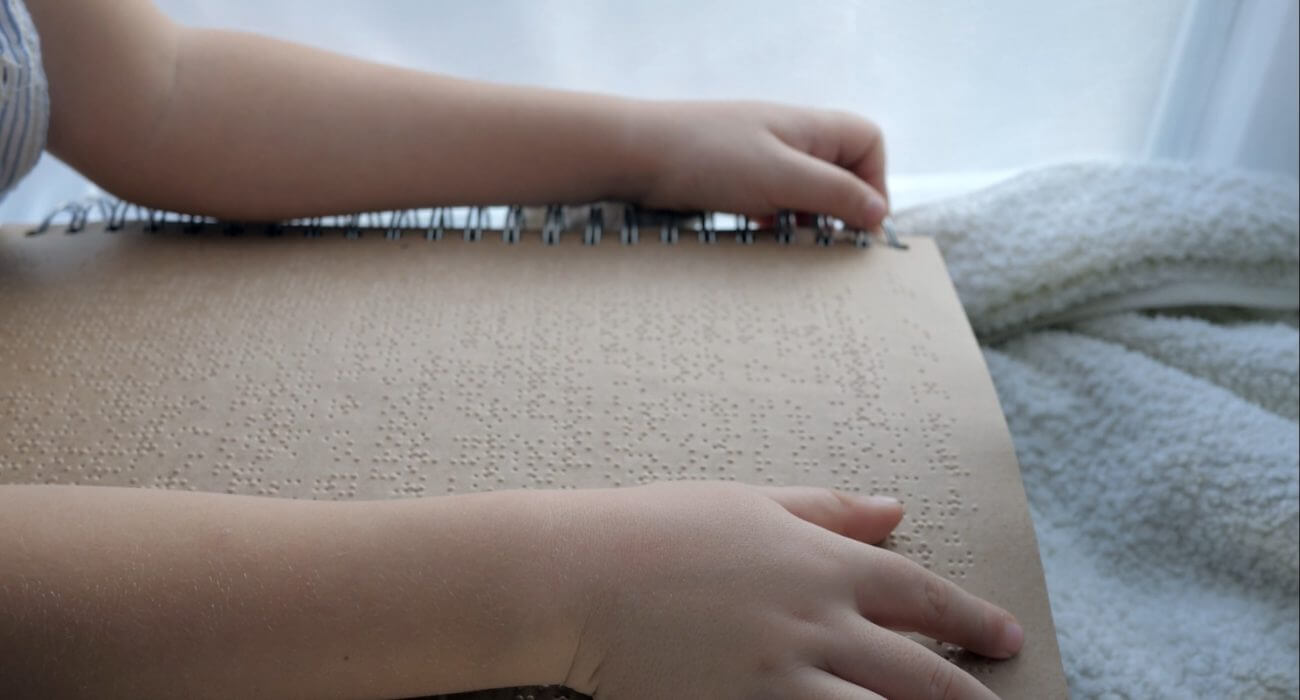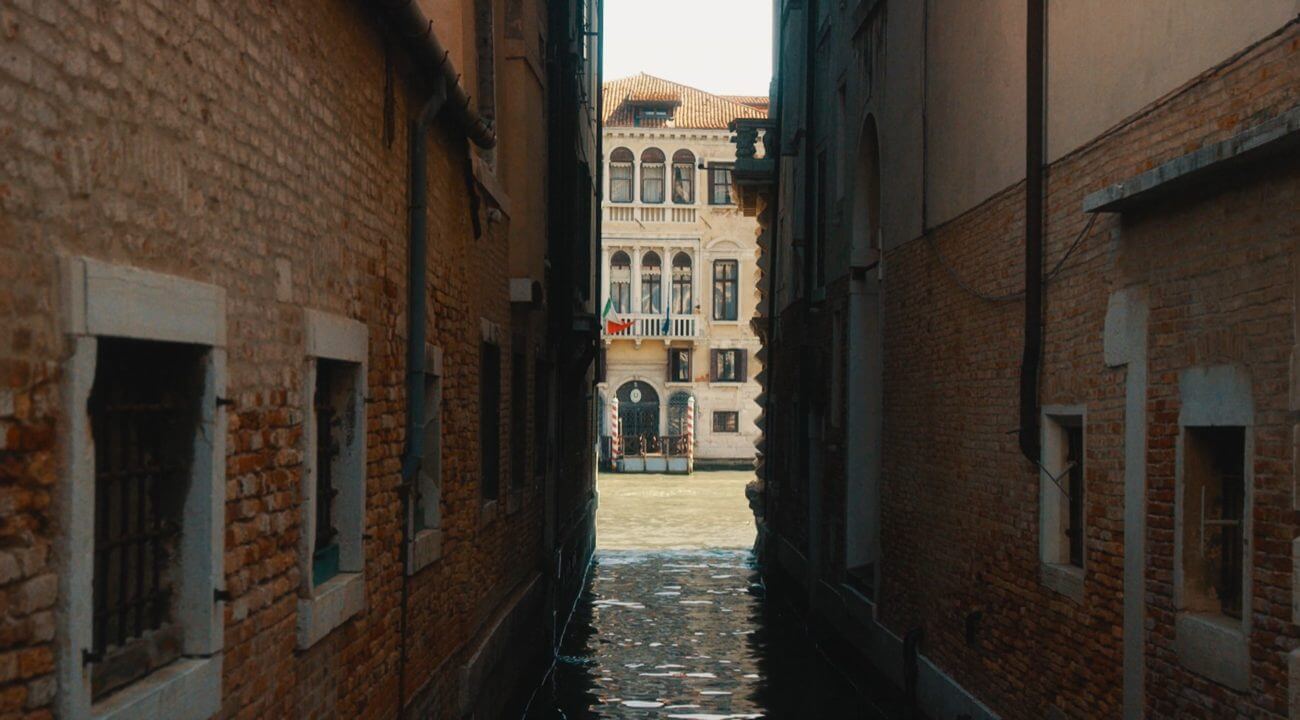Highlights
Table of Contents
Explore article topics
With the explosion in digital cinema and gear becoming more affordable, making short films has never been more possible. However, just because a movie is short doesn’t mean it’s necessarily easier. Since the basis for every film is its story, learning how to write a short film is probably the most important part of your workflow. Indeed, telling a meaningful and memorable story in a short amount of time can be even harder than one that is longer.
The crafting of the story is everything before starting production, and the more developed your story is ahead of time, the better. No matter what genre of film you are making, follow these steps to get your story in the best shape possible.
Clarity
You may already have a concept in mind for what you want to shoot. Maybe it’s about a certain topic, theme, character or genre you’re interested in. For your short film script, pick out what you find most interesting about the subject matter and ask yourself the following question: What is the emotional experience that I want the audience to have as a result of watching this?
The emotional question is important since this is not an essay. You’re engaging feelings, not the intellect. The greater clarity you have on this subject, the better since it will provide the core around which you build your story.
The other reason to have absolute clarity on this point is that short films are… short! The longest ones are around 50 minutes, and most are much shorter. You don’t have time to make the story about multiple things. Having a singularity of purpose will help you simplify and be selective when you get to the writing.
Structure
For the next part of breaking down your concept, start to think about how you would deliver that experience to a viewer in a clear and engaging way. You’re going to deconstruct that experience to its basic parts.
For example, imagine that your story is about a blind kid who thinks one of his neighbors is abducting children. No one else suspects the neighbor but this kid, which is the point. You want the audience to experience the power of insight rather than sight.

Now that you have that bit of clarity, how might you lay that experience out? It’s important to remain abstract in this phase and not get too dragged down into the story elements just yet. You’re only focusing on the power of “insight” over “sight.”
To answer this next part of the question, ask yourself why you’re writing this story to begin with. Perhaps you have this plot in mind and you feel as though people are too distracted to “see” the real problems in the world.
If that’s the case, then the experience of the story can be laid out as follows:
- A blind boy has no friends because of his disability.
- His other senses, such as hearing and smell, work perfectly.
- He hears the sound of boys in his neighbor’s backyard and suspects they’re kept against their will in the shed.
- After no one believes him, he sets out one night to free the boys himself.
Brainstorming
After you have the elementary structure for your story, now comes the part where you fill in the details. Imagine the different worlds within your story and start writing out possibilities of events within it.
To help you understand, imagine you’re a tour guide in a big city. The most important thing you’ll want to do, starting out, is to become acquainted with every nook and cranny in town that you can. When clients finally meet you, you’ll able to craft their trip specifically to the type of trip they want to have

Going back to our story, the first thing you’ll want to do is look at the different aspects of this kid’s life relevant to the story. How he became blind isn’t that important, but how he spends his time is VERY important. If he hears the other boys when he’s by himself, what he was doing when he heard them is integral to the story. That would constitute its own list.
Other aspects of writing a short film may include the neighbor’s occupation/identity, ways the blind navigate and ways to break into someone’s property. Coming up with as many possibilities for each of these can rack your brain, but this part of the writing process is one you don’t want to shortchange. With each new idea can come another possibility to elevate your story and fine-tune it to your desired experience.
Get unlimited royalty-free 4K footage
Essential context
As mentioned earlier, the length of a short film makes it more important that you get to the point and set up the story in an accelerated fashion. The audience will want to know the following things:
- Who is the protagonist?
- What do they want?
- Why do they want it?
- What will happen to them if they don’t achieve their goal?
- Who is the antagonist?
- Why do they want the protagonist not to get what they want?
- What will they do to make sure the protagonist doesn’t get it?
Thinking about your story in this bare-bones fashion may seem limiting at first, but it will give immediate clarity to the audience once the film begins. The last thing a viewer wants is to be lost, and you should strive to deliver this type of clarity to them as soon as possible. To do that, though, you’ll have to spend time with the characters themselves.
Character
We’ve spent a lot of time on story design, but to really understand how to write a short film, you must treat your characters as real people. You want them to be recognizable to the audience as authentic and unique, not some walking bot that just delivers story context.
To become more acquainted with them, try the following exercises:
- Write a journal as the character.
- Come up with a set of questions for them and “interview” them.
- Write out an itinerary for them over the course of the week.
- Come up with a “Wikipedia page” for them.
- Write out what they would put on a dating profile or job listing (not the blind boy, obviously).
- Close your eyes and start typing out what the inside of their house looks like.
These are only a few methods, but the aim is to recognize their voice and particularities that make them distinct. This stage can also illuminate aspects that can become married to your conceptual premise so that your character is working in harmony with the overall design.
One thing worth remembering is that when you write a short film, the same as when writing a YouTube video, it’s best to avoid using too many characters and storylines. It will make it easier for you to deliver a tight story that doesn’t have holes.
Payoff
What makes a short film distinct is that the climax is delivered sooner. Remember, however, not to rush the storytelling so much that there isn’t a satisfying payoff at the very end. You have your setup (essential context), your build-up to the end (in the brainstorming) and the final payoff that brings the story full circle.
You’ll want to remain disciplined at this point, so you don’t forget the initial experience you want the audience to have. It can be tempting to end with a bang that has nothing to do with the initial premise. Resist this temptation above all else. Your audience will reward coherence above flashiness more often than not.
How to write a short film
We have gone over the different aspects of how to write a script for a short film. Here’s a recap of a process to help you along:
- Get absolute clarity on the emotional experience you want the audience to have.
- Craft your short film’s structure by breaking down the stages of that experience.
- Write out the different worlds within your story and list as many possibilities within those worlds.
- Get the essential context out of the way in the most efficient manner possible.
- Spend time with your characters, getting to know their voice.
- Finish as strong as your initial intention was.
Following these steps will give you a process to execute your concept to a finished product. Your next steps should be writing down a storyboard, a shooting script and a script breakdown, essential steps that will allow you to walk on set with confidence and bring your short film idea from the page into reality.
Jonathan Mateer is a writer based in California. Currently attending UC Berkeley, he covers topics such as filmmaking, storytelling, politics and culture.
Share this article
Did you find this article useful?
Related Posts
- By Daniela Bowker
- 8 MIN READ
- By Daniela Bowker
- 10 MIN READ
- By Josh Edwards
- 8 MIN READ
Latest Posts
- 17 Apr
- By Daniela Bowker
- 7 MIN READ
